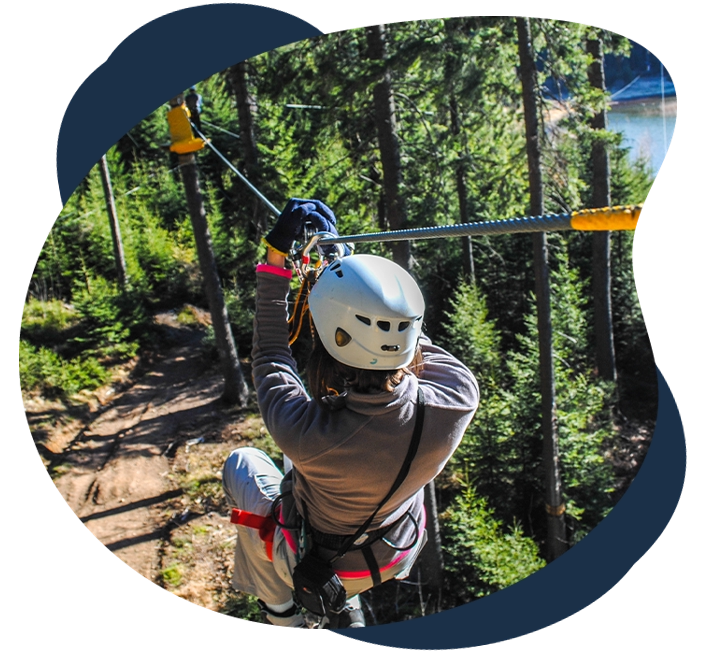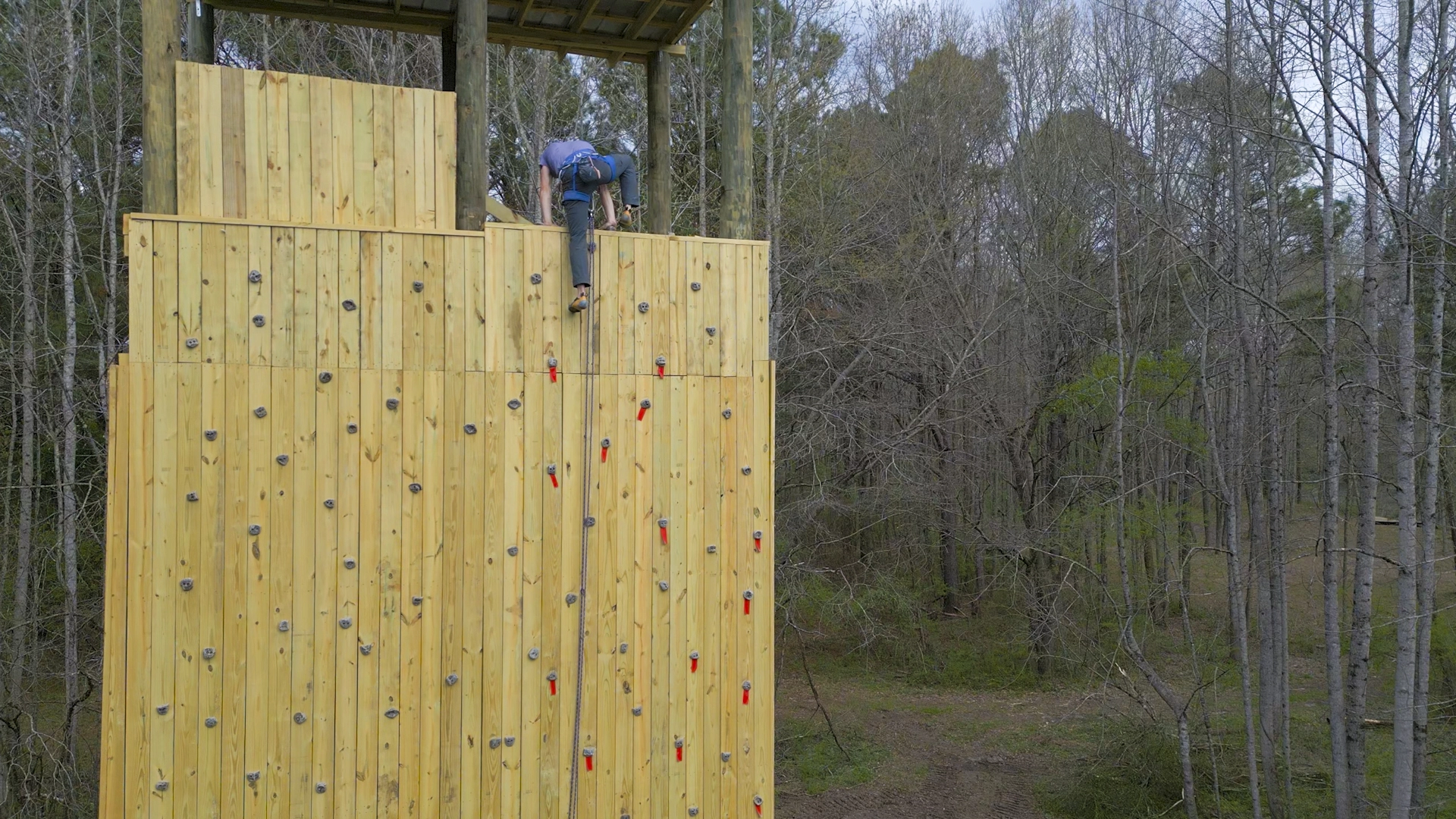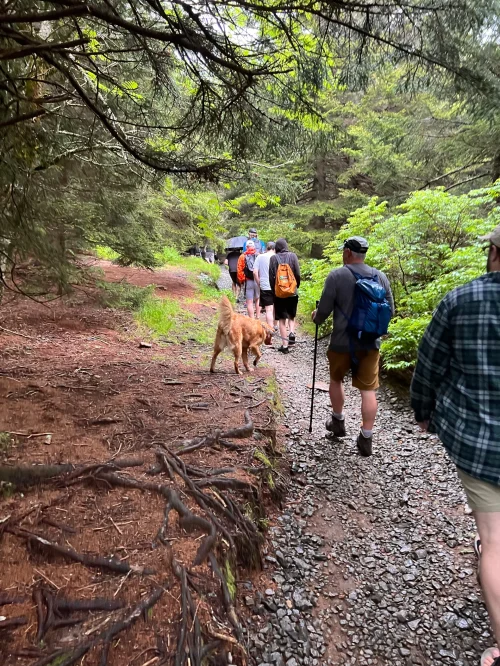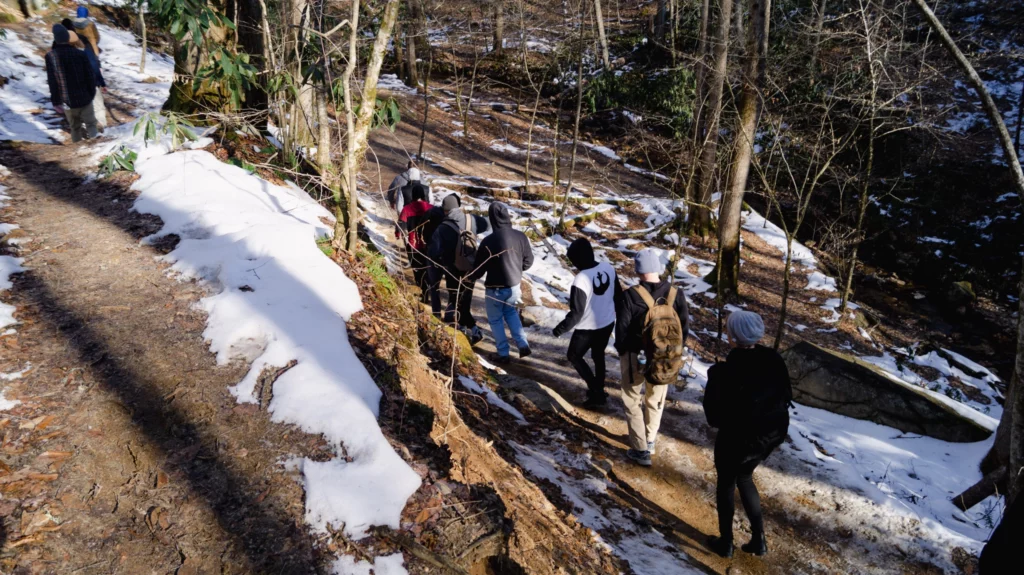Adventure Therapy in Cohasset, Massachusetts

Adventure therapy combines evidence-based, experiential therapy with recreational activities and outings to boost physical, social, spiritual, and mental health. It’s perfect for individuals and groups who struggle to connect with traditional therapy methods and benefit more from hands-on and active healing exercises, like expressive art therapy, yoga, breathwork, or drumming.
Substance use can lock individuals into negative mindsets that focus on in-the-moment, instant, and internal relief, even if it’s physically and mentally damaging. Once you’re involved in a breathwork session on the beach or light hike through a bird sanctuary or state parks, you can mentally spread out, take in your surroundings, and feel the therapy process happen naturally.

East Coast Recovery Center is blessed to be surrounded by calm and vibrant natural landscapes, including Massachusetts Bay, multiple beaches, Wheelwright Park, Wompatuck State Park, historical parks and towns, conservations, marshes, wildlife sanctuaries, and harbors. We don’t offer intensive wilderness expeditions or camping trips, as these can be overwhelming and physically strenuous for some individuals. Instead, we focus on relaxing activities, including:
After each activity, groups process what they learned, saw, felt, and enjoyed during the session and hear from positive adventure therapists who tie the experience to treatment objectives, coping skills, and mindsets.

Adventure therapy allows participants to experience the positive effects of mindfulness, social connection, and physical engagement.
Adventure therapy encourages people who struggle with addiction to confront their perceived limitations, guilt, and other overwhelming emotions to enhance their confidence. Adventure therapy is perfect for:

Everyone’s path to recovery is unique, and therapy methods must reflect that reality. East Coast Recovery Center aims to offer everything a client needs to achieve long-term sobriety and a better life. Please contact us for more information about adventure therapy or other treatment options we offer, and one of our admissions agents can help you get started. You can also email or fill out a callback form, and our agents will get back to you at your earliest convenience.
What is the difference between adventure therapy and wilderness therapy?
Is adventure therapy safe?
How long are adventure therapy sessions?

Download Our FREE East Coast Recovery Model eBook
FREE Insurance Verification









